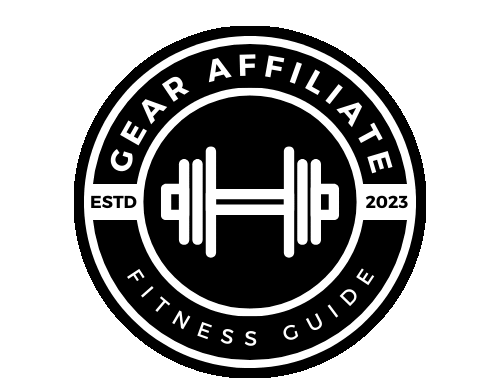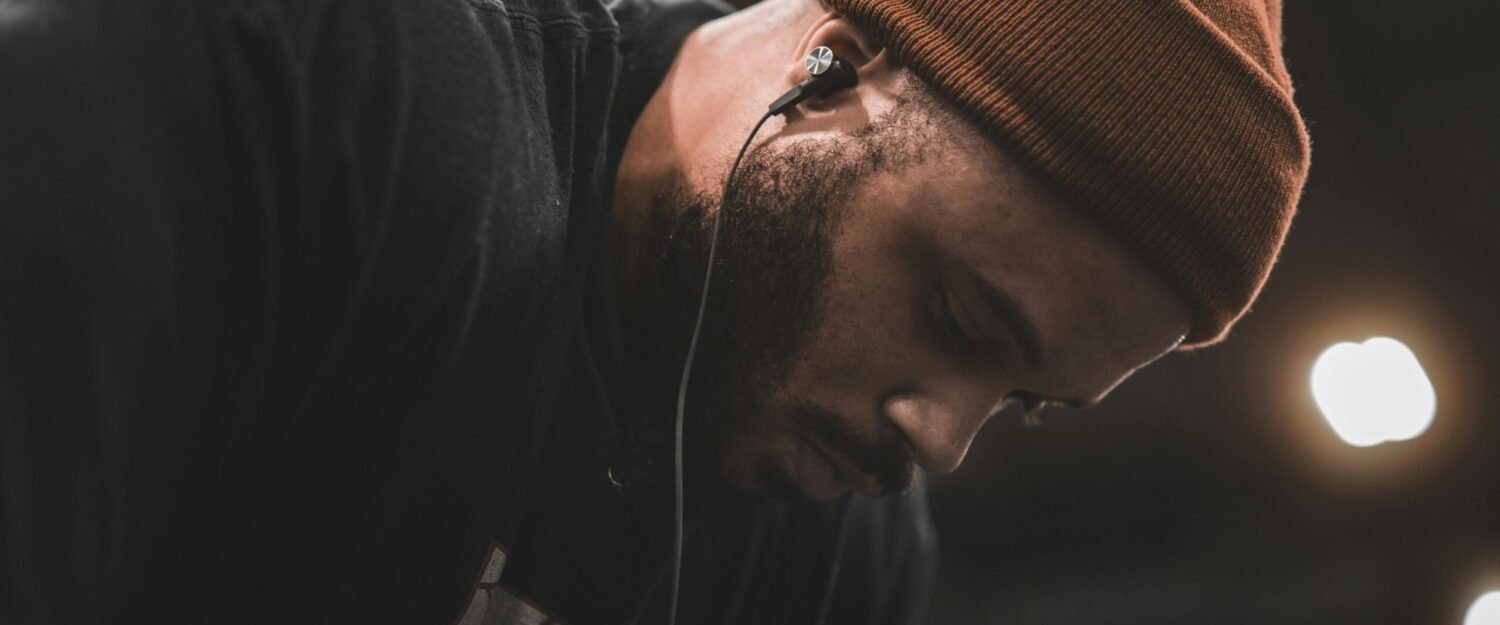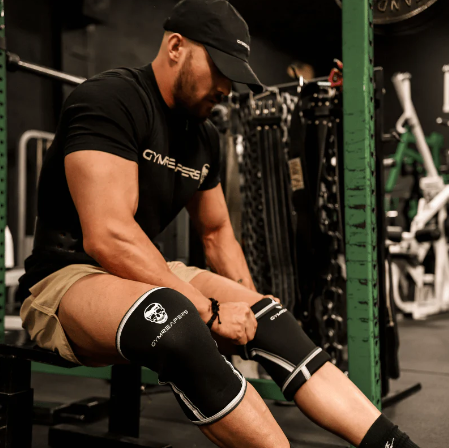
Written by our gear testing crew
Built for lifters who train for more than just the mirror—this guide is written by real coaches who prioritize performance over hype.
- Why Lifting Sleeves Matter
- 1. Decide Between Knee Sleeves and Elbow Sleeves
- 2. Understand Material Differences
- 3. Choose the Right Thickness
- 4. Compression and Sizing: Tight but Not Circulation-Cutting
- 5. Stitching and Durability
- 6. Competition Approved? (If That Matters to You)
- Final Takeaway: Should You Invest in Lifting Sleeves?
What to Look for in Lifting Sleeves
A No-Nonsense Guide for Serious Lifters
Why Lifting Sleeves Matter
Lifting sleeves—especially knee sleeves and elbow sleeves—have become a staple in strength sports like powerlifting, Strongman, and CrossFit. But they’re not just for competitive athletes. Sleeves can provide real benefits for anyone who lifts heavy and wants to protect their joints, maintain stability, and recover better between sessions.
A quality pair of sleeves doesn’t just add compression. They give you support under load, help keep joints warm, and in some cases (like competition-grade knee sleeves), can even give you a rebound boost out of the hole.
Let’s break down what to look for so you can find the right pair for your training.
1. Decide Between Knee Sleeves and Elbow Sleeves
Before shopping, figure out what you actually need:
- Knee sleeves: Great for squats, Olympic lifting, Strongman, or anyone with cranky knees. They provide warmth, compression, and sometimes rebound assistance.
- Elbow sleeves: Popular among pressing-focused athletes. Useful for bench press, overhead press, and dips—especially for lifters managing elbow tendonitis or joint instability.
Tip: If you’re doing a lot of lower body barbell work, start with knee sleeves. For upper body strength work or shoulder-elbow issues, elbow sleeves might be the better buy.
2. Understand Material Differences
There are three main types of materials used in lifting sleeves, each with different performance characteristics:
Neoprene (Most Common)
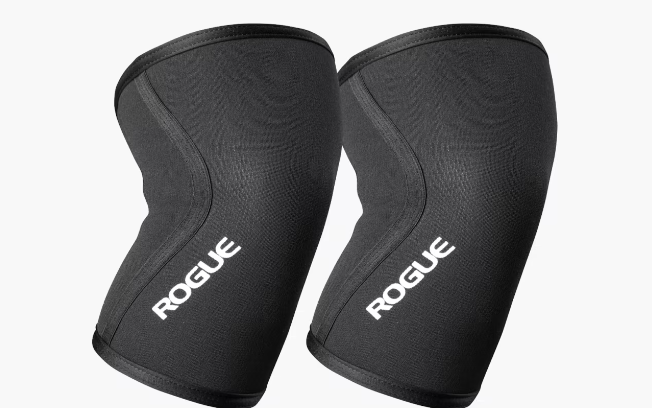
Neoprene is the go-to material for lifting sleeves. It’s thick, compressive, and retains heat well, which makes it ideal for joint support during heavy lifting.
- 7mm neoprene is the standard for knee sleeves in powerlifting. It’s dense, stiff, and can give a little bounce out of the bottom of a squat.
- 5mm offers more flexibility and comfort for CrossFit-style training, functional fitness, or mixed sessions.
What to know: Neoprene sleeves break in slightly over time but still keep their tightness. They also tend to have a strong odor after use, so regular airing out is a must.
Blended Fabrics (Lighter Options)
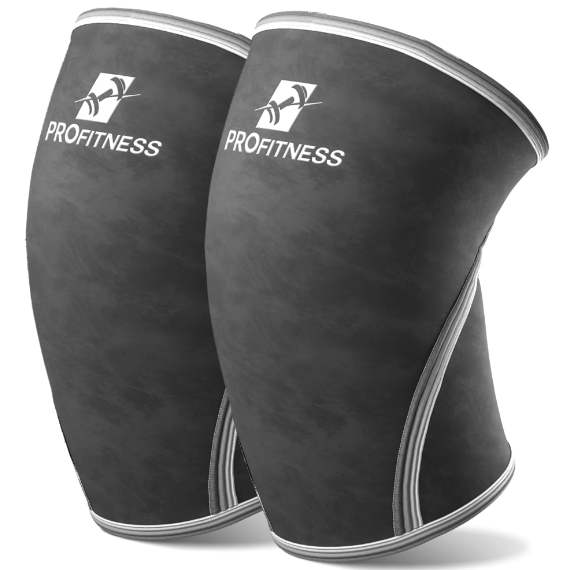
Some sleeves use a mix of nylon, spandex, and polyester. These sleeves don’t offer the same compression as neoprene but are more breathable and easier to put on.
Often preferred by beginners or those who don’t like restrictive gear.
Ideal for warm-ups, higher-rep training, or support without too much tightness.
Specialized Materials
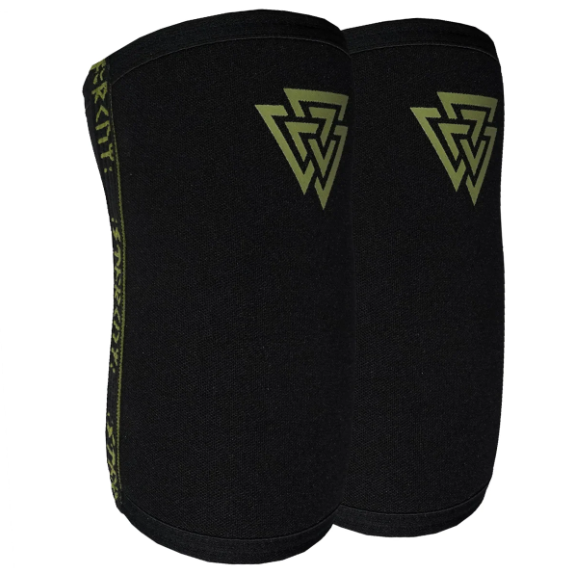
Some high-performance sleeves (especially elbow sleeves) use reinforced stitching, hook-and-loop closures, or layered construction for added support. These are more niche but useful for competitive lifters.
3. Choose the Right Thickness
Knee sleeves:
- 3mm – Light support. Mostly for general joint warmth or cardio-type lifting.
- 5mm – Balanced support and flexibility. Great for mixed training.
- 7mm – Maximum compression and stability. Ideal for squats, powerlifting, and heavy lifting.
Elbow sleeves:
These usually come in one thickness range (~5mm–7mm) and are chosen more for fit and stiffness than specific mm ratings.
4. Compression and Sizing: Tight but Not Circulation-Cutting
This is where most people go wrong. If the sleeve is too loose, it won’t help. If it’s too tight, you’ll spend half your workout peeling it off.
What to aim for:
- A snug, compressive fit that stays in place without rolling down or cutting off blood flow.
- For competition use, some lifters size down for maximum compression.
- For general gym use, stick with the recommended sizing chart to avoid discomfort.
Coach’s Note: Break them in over 2–3 sessions. Quality sleeves will form to your body and get easier to use without losing support.
5. Stitching and Durability
Cheap sleeves fall apart fast, especially at the seams. Look for:
- Double or triple stitching
- Reinforced hems
- Anti-slip linings for knee sleeves that tend to slide down
If you’re training hard 3–5 days a week, spend the extra money to get sleeves that won’t rip after a month.
6. Competition Approved? (If That Matters to You)
If you’re planning to compete in powerlifting, Strongman, or CrossFit, check the federation rules. Some sleeves (like SBD or Titan) are IPF-approved, while others are not.
For recreational lifters, this isn’t a concern—but for competitors, it’s a must-check.
Final Takeaway: Should You Invest in Lifting Sleeves?
If you:
- Lift heavy regularly
- Have joint pain during pressing or squatting
- Need warmth and stability in your knees or elbows
then a good pair of lifting sleeves is 100% worth the investment.
They won’t magically fix poor form, but they can help reduce wear and tear, improve your confidence under load, and keep you training longer.
If you found this post to be helpful, then you may be interested in the rest of our blog page here.
